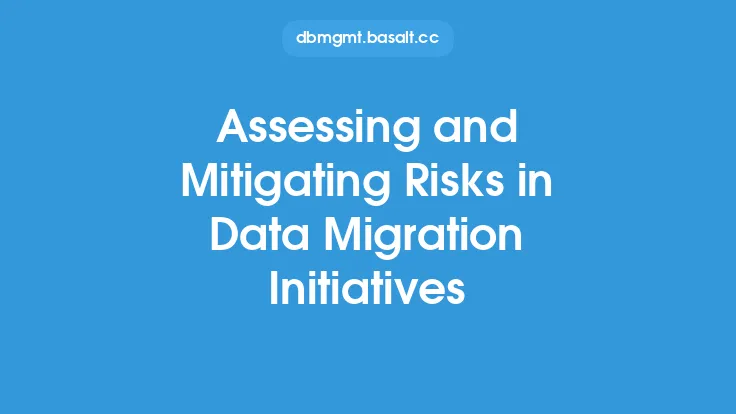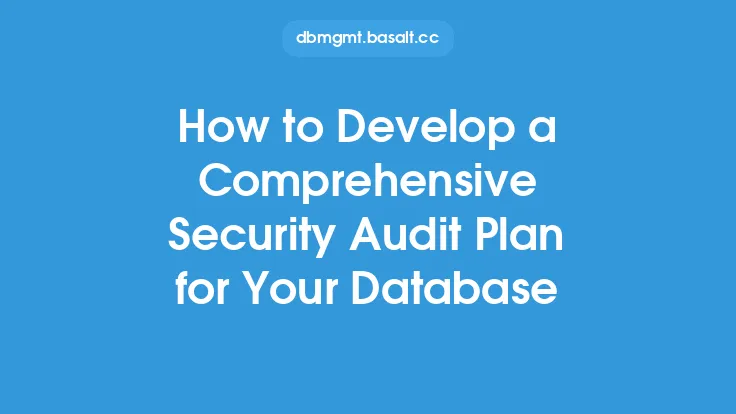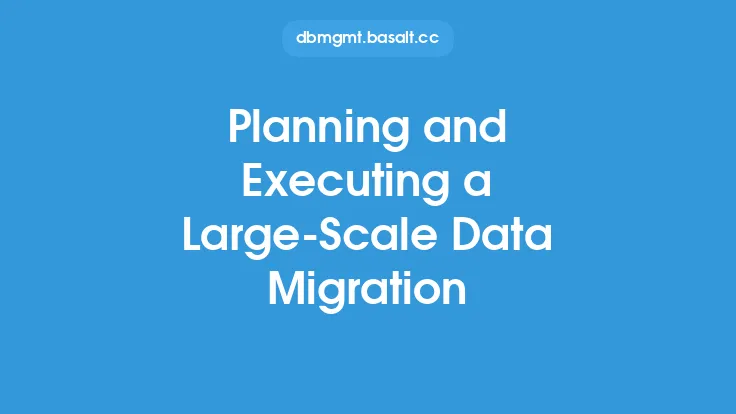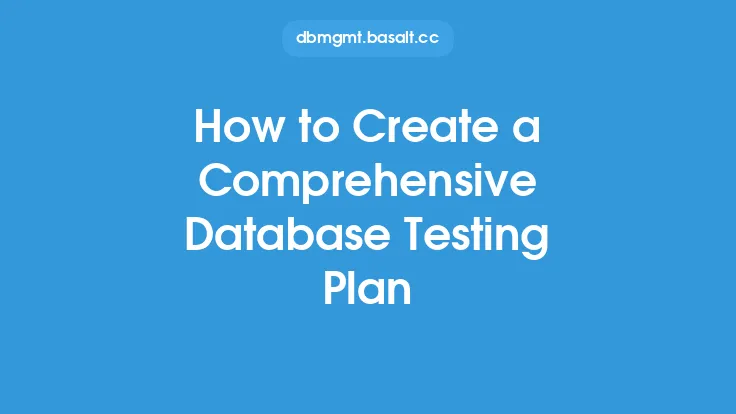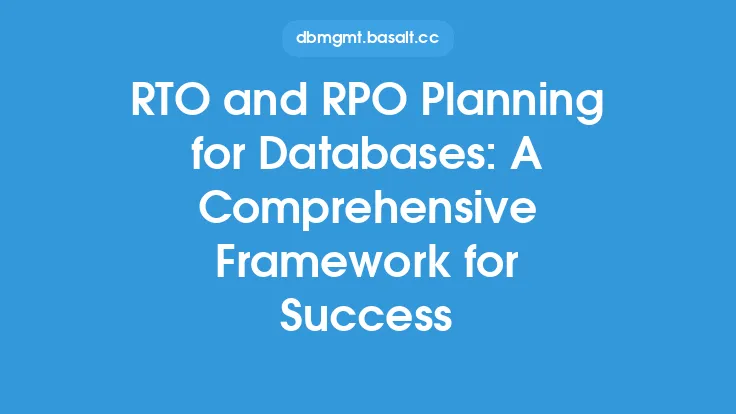When it comes to database implementation, one of the most critical steps is data migration. This process involves transferring data from one system, format, or storage device to another, and it requires careful planning to ensure a smooth transition. A comprehensive data migration plan and timeline are essential to minimize downtime, prevent data loss, and ensure that the new system is fully functional and operational. In this article, we will delve into the details of developing a comprehensive data migration plan and timeline, highlighting the key steps, considerations, and best practices involved.
Introduction to Data Migration Planning
Data migration planning is a complex process that involves several stages, from assessment and planning to execution and testing. The goal of data migration planning is to ensure that the data is transferred accurately, efficiently, and with minimal disruption to the business. A well-planned data migration project requires a thorough understanding of the current and target systems, as well as the data itself. This includes identifying the types of data to be migrated, the format and structure of the data, and any dependencies or relationships between different data entities.
Assessing Current and Target Systems
The first step in developing a comprehensive data migration plan is to assess the current and target systems. This involves gathering information about the current system, including the database management system, operating system, and hardware configuration. It also involves understanding the target system, including its architecture, scalability, and performance capabilities. The assessment should include an analysis of the data itself, including its volume, complexity, and quality. This information will help identify potential risks and challenges associated with the migration process.
Defining Migration Requirements and Scope
Once the current and target systems have been assessed, the next step is to define the migration requirements and scope. This involves identifying the specific data entities to be migrated, the format and structure of the data, and any transformations or conversions required. The scope of the migration project should be clearly defined, including the timelines, budgets, and resources required. The migration requirements should also include any specific business or technical requirements, such as data validation, data cleansing, or data transformation.
Developing a Migration Strategy
With the migration requirements and scope defined, the next step is to develop a migration strategy. This involves deciding on the approach to be used for the migration, including the tools, technologies, and techniques to be employed. The migration strategy should take into account the complexity of the data, the volume of the data, and the performance requirements of the target system. The strategy should also include a plan for data validation, data cleansing, and data transformation, as well as a plan for handling errors and exceptions.
Creating a Migration Timeline
A migration timeline is a critical component of a comprehensive data migration plan. The timeline should outline the key milestones and deadlines for the migration project, including the start and end dates, as well as any intermediate milestones. The timeline should also include a detailed schedule for each stage of the migration process, including assessment, planning, execution, and testing. The timeline should be realistic and achievable, taking into account the complexity of the migration project and the resources available.
Identifying and Mitigating Risks
Data migration projects are inherently risky, and it is essential to identify and mitigate these risks to ensure a successful migration. The risks associated with data migration include data loss, data corruption, and system downtime. To mitigate these risks, it is essential to develop a risk management plan that includes strategies for identifying, assessing, and mitigating risks. The plan should include a detailed analysis of the potential risks, as well as a plan for monitoring and reporting on risk mitigation efforts.
Executing the Migration Plan
With the migration plan and timeline in place, the next step is to execute the migration plan. This involves carrying out the migration activities outlined in the plan, including data extraction, data transformation, and data loading. The execution phase should be carefully monitored and controlled, with regular progress updates and status reports. Any issues or errors that arise during the execution phase should be promptly addressed and resolved.
Testing and Validation
Once the migration is complete, the next step is to test and validate the migrated data. This involves verifying that the data has been migrated accurately and that it is complete and consistent. The testing and validation phase should include a detailed analysis of the migrated data, as well as a comparison with the original data to ensure that it is accurate and complete. Any errors or discrepancies that are identified during the testing and validation phase should be promptly addressed and resolved.
Deployment and Cutover
The final step in the data migration process is deployment and cutover. This involves deploying the migrated data to the target system and cutting over to the new system. The deployment and cutover phase should be carefully planned and executed, with minimal disruption to the business. The phase should include a detailed plan for monitoring and supporting the new system, as well as a plan for addressing any issues or errors that may arise.
Conclusion
Developing a comprehensive data migration plan and timeline is a critical step in ensuring a successful data migration project. The plan should include a detailed assessment of the current and target systems, a clear definition of the migration requirements and scope, and a well-defined migration strategy. The plan should also include a detailed timeline, a risk management plan, and a plan for testing and validation. By following these steps and best practices, organizations can ensure a smooth and successful data migration, with minimal disruption to the business and minimal risk of data loss or corruption.

